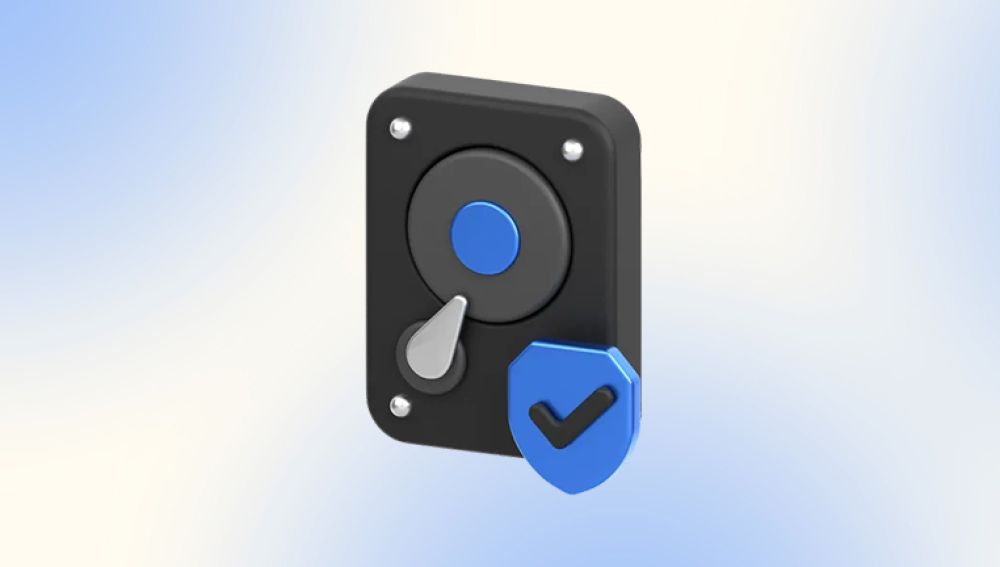To recover files from an external hard drive, you’ll need a detailed, methodical approach. There are several scenarios in which you might need to recover files, such as accidental deletion, drive corruption, or file system errors.
1. External Hard Drive Recovery
External hard drives are a popular way of storing files, as they provide a large amount of storage space that can easily be connected to a computer or used for backups. However, like any digital storage medium, external hard drives are susceptible to data loss due to various factors such as accidental deletion, file corruption, physical damage, or drive failure.
Understanding how to recover files from an external hard drive can save you from the frustration and stress of losing important files, whether they are photos, documents, videos, or other types of data.
In this guide, we will explore several methods for file recovery, including software-based solutions, manual techniques, and tips for preventing future data loss.

2. Signs of Data Loss on an External Hard Drive
Before diving into the recovery process, it’s important to identify the signs of data loss. Some common symptoms include:
File System Errors: If your external hard drive shows as unformatted or you encounter error messages such as "You need to format the disk before you can use it," the file system may have been corrupted.
Missing Files: If files appear to be missing, or the hard drive is showing less space than expected, it could be a sign of deleted or lost data.
Drive Not Recognized: If your external hard drive is not recognized by your computer or appears as an empty or uninitialized drive, there may be a problem with the drive itself or the connection.
Recognizing these issues early can help you take appropriate steps to recover your lost data before it becomes irretrievable.
3. Important Precautions Before Starting Recovery
When attempting to recover lost files, there are several precautions you should take to avoid further damage to your external hard drive or to prevent overwriting lost data.
Stop Using the Drive: If you suspect that your files are lost, avoid using the external hard drive. Any new data written to the drive could overwrite the lost files, making them more difficult or impossible to recover.
Check Connections: Before proceeding with data recovery, check the cable connections between your external hard drive and computer. A loose or faulty cable can prevent the drive from being recognized.
Avoid Reformatting: Refrain from reformatting the drive, as doing so will erase all the data on it, making recovery much more challenging.
4. Step-by-Step Guide to Recovering Files from External Hard Drive
Step 1: Verify the Issue
Ensure that the problem lies with the external hard drive and not the computer or operating system. To do this:
Try connecting the external hard drive to another computer to see if it is recognized.
If you encounter error messages or the drive isn’t recognized, check the device manager (Windows) or Disk Utility (Mac) to see if the drive is listed there.
If the drive appears but is not functioning properly, the issue may be software-related, such as a corrupted file system.
Step 2: Run Disk Check (Windows) or Disk Utility (Mac)
Windows:
Open File Explorer and right-click on the external hard drive.
Select Properties, then go to the Tools tab.
Click on Check under the Error Checking section.
If errors are found, the tool will attempt to fix them automatically. This may help in cases of minor file system corruption.
Mac:
Open Disk Utility from the Applications > Utilities folder.
Select your external hard drive and click First Aid.
Click Run to let Disk Utility check and repair any issues with the drive.
Step 3: Use Data Recovery Software
Drecov Data Recovery utilizes advanced scanning algorithms that can detect and restore files that have been deleted or lost due to formatting, partitioning issues, or file system corruption. The software works in a non-destructive manner, ensuring that no additional damage is done to your device during the recovery process.
One of the standout features of Drecov Data Recovery is its intuitive, user-friendly interface. It is designed to make the recovery process simple and accessible, even for those without technical expertise. Users can quickly initiate a scan on their storage device, and the software will display a list of recoverable files for preview before proceeding with the restoration.
Step 4: Manually Recover Files (for Windows)
If you are dealing with deleted files and have not overwritten the drive, you might be able to manually recover the files by accessing the Recycle Bin (for Windows users) or by using Windows’ previous versions feature.
Check the Recycle Bin: If you accidentally deleted files, they might be in the Recycle Bin. Simply open the Recycle Bin, locate your files, right-click, and choose Restore.
Use Previous Versions (Windows 10/11): If you have File History enabled, you can restore previous versions of your files or folders:
Right-click on the folder where the files were stored and select Restore previous versions.
Browse through the available versions and select the one that contains your lost files.
Click Restore to recover the files.
Step 5: Physical Damage Recovery
If your external hard drive has suffered physical damage (e.g., dropped, water damaged, making clicking sounds), software recovery tools won’t be effective. In this case, it’s best to seek professional help. Data recovery services can recover data from damaged drives, but they can be expensive. It’s important to consider the value of the data and decide whether professional recovery is necessary.
5. Preventing Future Data Loss on External Hard Drives
To avoid future data loss, consider the following tips:
Backup Regularly: Always keep multiple copies of important data in different locations (cloud storage, another external hard drive, or a network drive).
Use Error Checking: Run periodic disk checks on your external hard drive to catch errors before they become serious.
Safely Eject the Drive: Always use the "Eject" option before unplugging your external hard drive to prevent data corruption.
Store the Drive Safely: Protect your external hard drive from physical damage by keeping it in a safe place and using protective cases.
Recovering files from an external hard drive requires patience, caution, and the right tools. By following the steps outlined in this guide, you can maximize your chances of successfully recovering lost data. However, it’s important to remember that the sooner you attempt recovery after data loss, the higher the chances of successful restoration.
For future data safety, always back up your files and take precautions to protect your external hard drive from damage. If you encounter issues that software tools cannot fix, don’t hesitate to consult a professional data recovery service. With the right approach, most external hard drive data can be successfully recovered.




